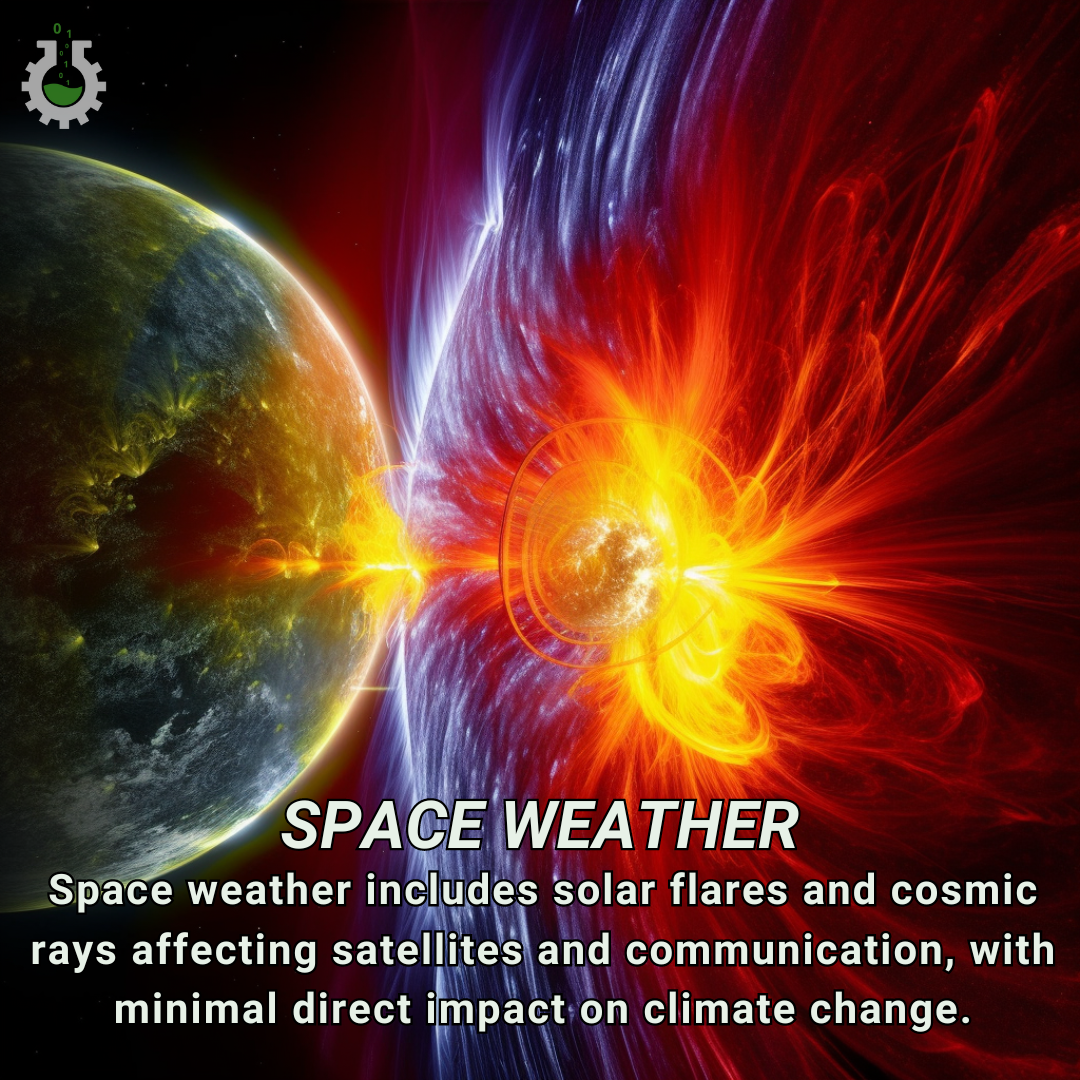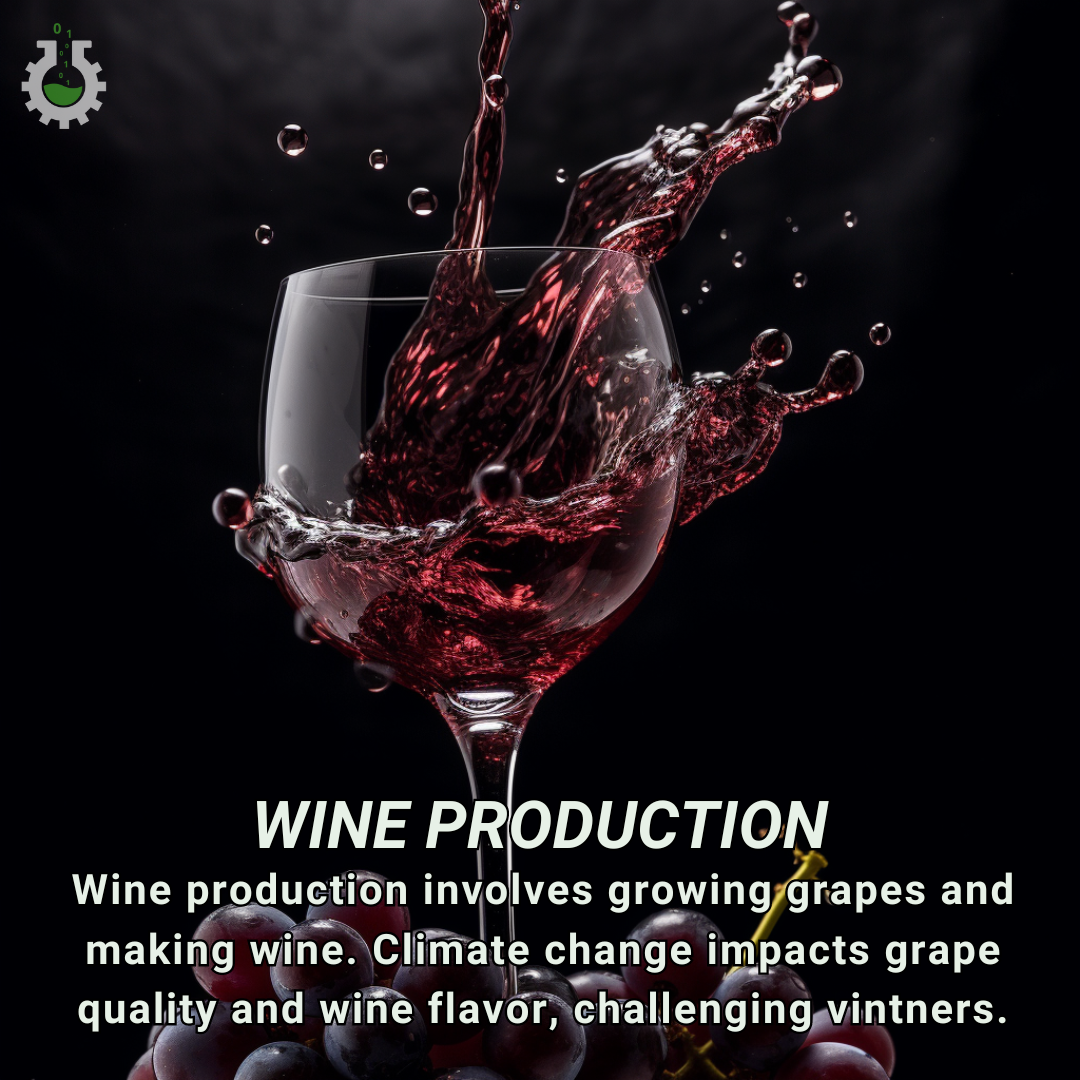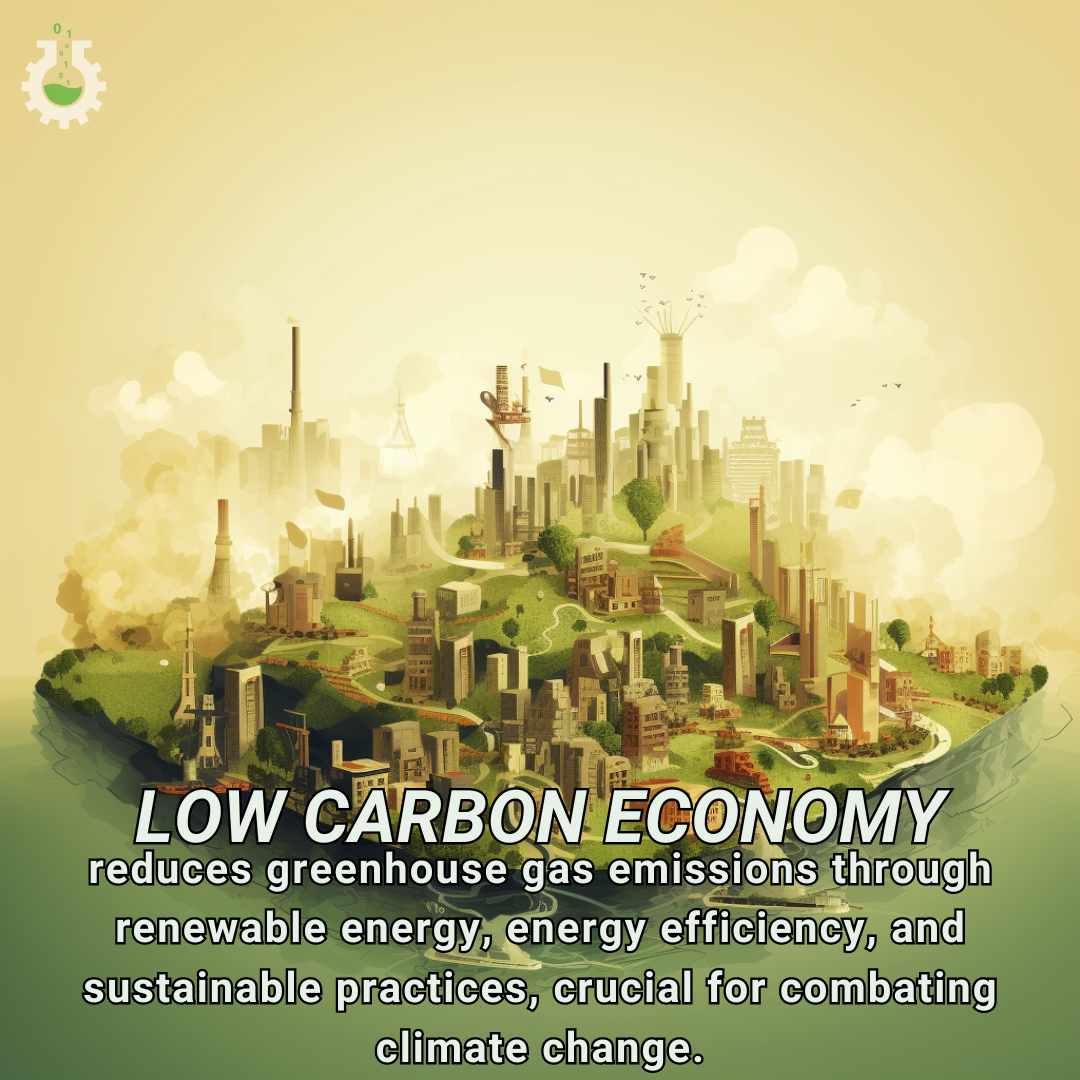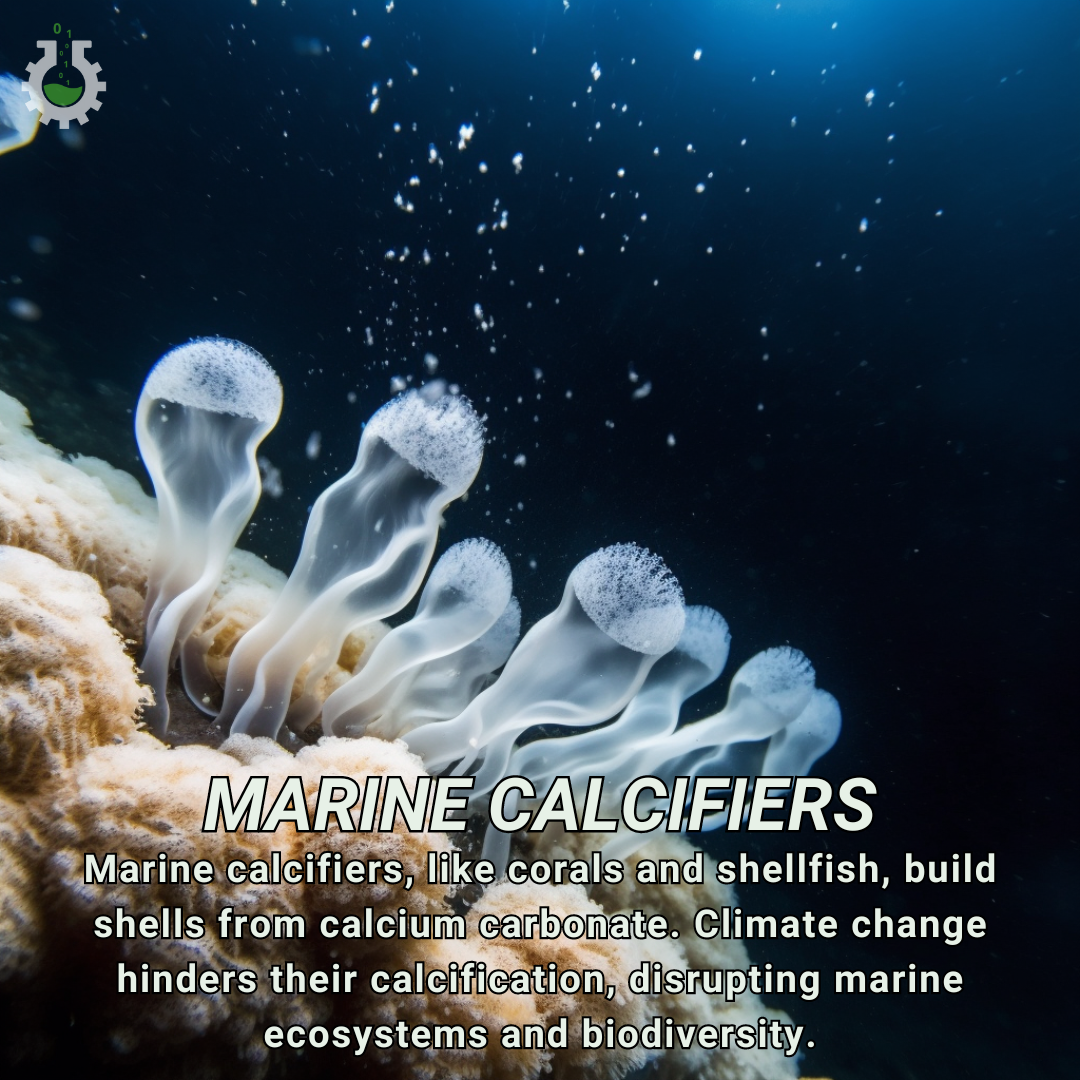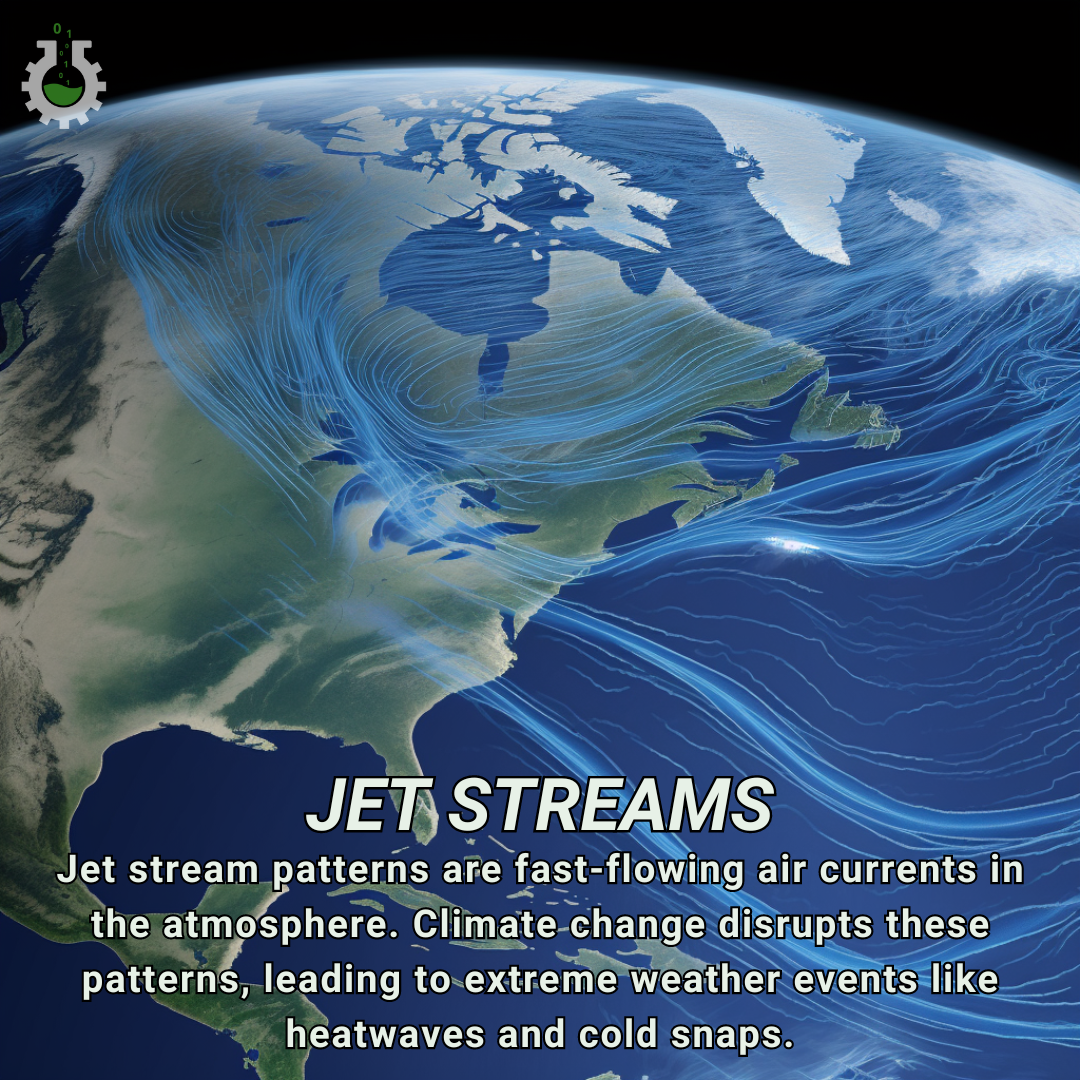Space weather refers to the environmental conditions in space influenced by the Sun, such as solar flares and cosmic rays. While space weather affects satellite operations and communications, it has minimal direct impact on climate change.
Wine production is the process of cultivating grapes and fermenting them into wine. Climate change affects grape growth and quality, altering wine’s taste and aroma, and posing challenges for vintners.
Subterranean water systems are underground reservoirs and aquifers that store and supply freshwater. Climate change impacts these systems by altering recharge rates and increasing contamination risks, threatening water availability and quality.
A low carbon economy minimizes greenhouse gas emissions by utilizing renewable energy, increasing energy efficiency, and adopting sustainable practices. It is essential for combating climate change and promoting long-term environmental sustainability.
Nitrous oxide (N2O) is a potent greenhouse gas released from agricultural practices and industrial activities. It significantly contributes to climate change by trapping heat in the atmosphere and depleting the ozone layer.
Wetlands desertification is the process where wetlands dry out and degrade, often due to climate change. This leads to loss of biodiversity, reduced carbon sequestration, and increased vulnerability to floods and droughts.
Marine calcifiers are organisms, such as corals and shellfish, that build shells or skeletons from calcium carbonate. Climate change, through ocean acidification and warming, threatens their ability to calcify, disrupting marine ecosystems and biodiversity.
Jet stream patterns are fast-flowing air currents in the atmosphere. Climate change disrupts these patterns, leading to extreme weather events like heatwaves and cold snaps.
Soil degradation is the decline in soil quality due to factors like erosion, deforestation, and pollution. It exacerbates climate change by releasing stored carbon and reducing the land’s ability to sequester CO2, impacting agriculture and ecosystems.


